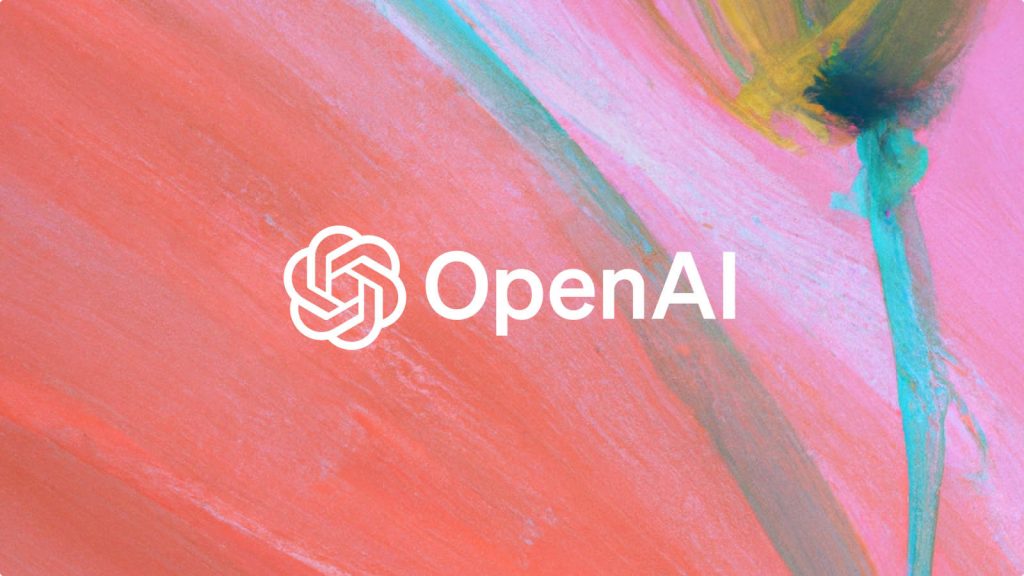How OpenAI is Pushing Boundaries in the World of Generative AI

OpenAI stands at the vanguard of artificial intelligence research and development, consistently breaking new ground with its generative AI technologies that push the boundaries from revolutionizing natural language processing with GPT-4 to enhancing image generation capabilities through DALL-E 2, OpenAI remains at the forefront of innovation, enabling profound changes across various industries. Founded with the ambitious goal of ensuring artificial general intelligence (AGI) benefits all of humanity, OpenAI has consistently pushed the boundaries of what AI can achieve. As OpenAI continues to innovate, it remains acutely aware of the ethical dimensions of AI development. The organization’s approach to deployment emphasizes safety, transparency, and alignment with human values, ensuring that its technologies do not just advance human capability but also enhance human well-being. This blog delves into the recent breakthroughs by OpenAI, exploring how its cutting-edge technologies are being integrated across various sectors and what these advancements signify for the future of AI. A Brief History of OpenAI OpenAI, since its inception in December 2015, has played a pivotal role in reshaping the landscape of artificial intelligence. Founded by Elon Musk, Sam Altman, Greg Brockman, Ilya Sutskever, Wojciech Zaremba, and John Schulman, the organization was established with the ambitious goal of promoting and developing friendly AI in a manner that benefits humanity as a whole. Initially launched as a non-profit, OpenAI aimed to freely collaborate with other institutions and researchers by making its patents and research open to the public. The organization quickly became renowned for its significant contributions to the AI field, particularly through its development of advanced deep learning models. In 2018, OpenAI transitioned to a “capped-profit” model to attract outside investment while still pursuing its original mission of safe and beneficial AI. This move was pivotal in scaling its ambitions and projects, culminating in securing a $1 billion investment from Microsoft in 2019. One of OpenAI’s most notable innovations is the Generative Pre-trained Transformer (GPT) series, starting with the release of GPT in 2018, followed by more sophisticated versions—GPT-2 in 2019, and GPT-3 in 2020. These models demonstrated unprecedented capabilities in natural language processing, setting new standards for AI applications in writing, conversation, and even coding. In 2021, OpenAI expanded its technological repertoire with the introduction of DALL-E, an AI program capable of generating images from textual descriptions, and Codex, which powers GitHub’s Copilot, assisting programmers by suggesting lines of code. These advancements showcased OpenAI’s commitment to diversifying the applications of AI. By 2024, OpenAI further enhanced its offerings with the launch of GPT-4 and GPT-4o, pushing the boundaries of language models with even greater speed, accuracy, and multimodal capabilities. These versions improved interactions in over 50 languages and introduced capabilities in text, voice, and vision, making advanced AI tools more accessible to a broader range of users and applications. Alongside its technological advancements, OpenAI continued to emphasize the importance of ethical AI development, focusing on safety, transparency, and alignment with human values to ensure that AI advancements contribute positively to societal welfare. Recent Developments in OpenAI’s Generative AI Leveraging the foundational technologies of DALL-E and GPT models. In preparation for its release, OpenAI is conducting rigorous safety evaluations of Sora, including adversarial testing to address potential issues like misinformation, hateful content, and bias. This proactive approach ensures that Sora not only enhances creative possibilities but also adheres to ethical standards. By simulating real-world dynamics, Sora is positioned as a cornerstone for future models that aim to understand and interact with the world, marking a crucial step towards the goal of achieving artificial general intelligence (AGI). Future Directions Looking ahead, OpenAI is not just pushing technological boundaries but also focusing on how these technologies can be safely integrated into society. They are working on improving the accessibility of AI tools so that more individuals and businesses can benefit from AI technology, while also addressing concerns about job displacement and privacy. OpenAI’s continuous innovations in generative AI are transforming industries and changing our perception of what artificial intelligence can achieve. As we move forward, the potential applications of AI seem almost limitless, promising a future where AI assists in fostering creativity, problem-solving, and perhaps most importantly, an understanding of our own human condition.
